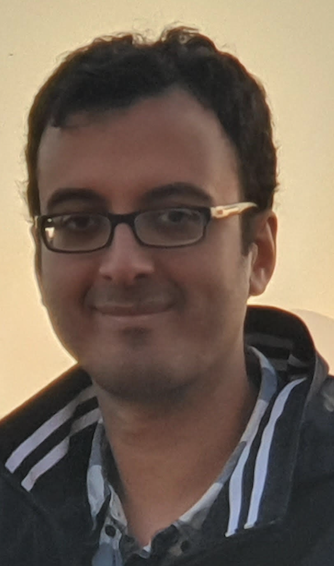Events on May 24, 2022

Amir Arzani, Assistant Professor, Mechanical Engineering, Northern Arizona University Presents:
Blood flow dynamics near the vessel wall: from flow physics to scientific machine learning
May 24, 2022 at 10:00am for 1hr
In Person - Evans Conference Room - WEB 3850 / Zoom: click here for zoom link or use Request ID:885 3017 3327,Passcode: 135659
Dr. Amirhossein (Amir) Arzani is a tenure-track Assistant Professor of Mechanical Engineering at Northern Arizona University. He obtained his BSc, MSc, and PhD degrees in Mechanical Engineering from Isfahan University of Technology, Illinois Institute of Technology, and UC Berkeley, respectively. He is the director of the Cardiovascular Biomechanics Lab at NAU (https://www.cardiolab.nau.edu/) and a recent recipient of the NSF CAREER Award. His research utilizes various computational mechanics and data-driven techniques to study biological flows and soft tissue mechanics.Abstract:
Major forms of cardiovascular disease localize at the vessel wall. Fluid mechanics of blood flow near the wall and derived parameters such as wall shear stress (WSS) are known to regulate vascular disease growth.
In the first part of the talk, I will present the complex flow physics near the vessel wall of diseased arteries. I will introduce the concept of WSS topology (surface manifolds) and demonstrate the complex and hidden topological patterns in WSS vector field that are usually ignored. I will discuss the connection between these WSS patterns and coherent structures away from the wall and demonstrate the role of WSS manifolds in determining near-wall mass transport patterns.
In the second part of the talk, I will present different scientific machine learning approaches to overcome limitations in the experimental and computational quantification of WSS. I will demonstrate how we can leverage hidden sparsity in data and use reduced-order modeling to improve blood flow data fidelity. Finally, I will present a physics-informed neural network (PINN) framework for obtaining WSS from sparse velocity measurements away from the wall and without full knowledge of the boundary conditions. I will show how PINN could integrate imperfect blood flow data (sparse and outside the region of interest) with incomplete knowledge of the physics (Navier-Stokes equations without full boundary conditions) to obtain accurate results.
Posted by: Deb Zemek




